Largest whirlpools in the world
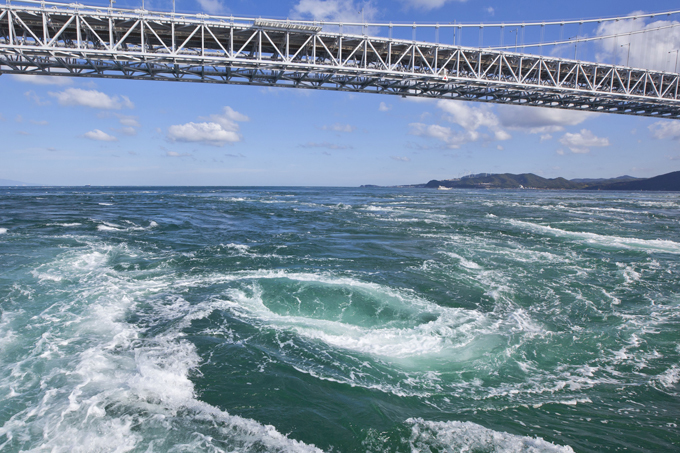
The Naruto whirlpools in the Naruto Strait, a channel between Naruto in Tokushima and Awaji Island in Hyōgo, Japan. The current in the strait is the fastest in Japan and the fourth fastest in the world after the Saltstraumen outside Bodø in Norway. The whirlpools can be observed from ships, or from the Naruto Bridge spanning the strait.
The Naruto whirlpools in the Naruto Strait, a channel between Naruto in Tokushima and Awaji Island in Hyōgo, Japan. The current in the strait is the fastest in Japan and the fourth fastest in the world after the Saltstraumen outside Bodø in Norway. The whirlpools can be observed from ships, or from the Naruto Bridge spanning the strait.
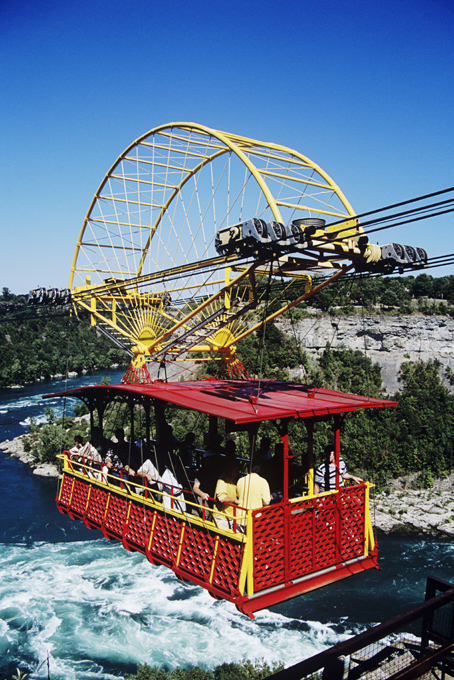
The Niagara Whirlpool is a natural whirlpool along the Niagara River located along the Canada-US border between New York and Ontario. The whirlpool is located in the Niagara Gorge, downstream from Niagara Falls. The whirlpool's greatest depth is 125 feet (38 m)
The Niagara Whirlpool is a natural whirlpool along the Niagara River located along the Canada-US border between New York and Ontario. The whirlpool is located in the Niagara Gorge, downstream from Niagara Falls. The whirlpool's greatest depth is 125 feet (38 m)
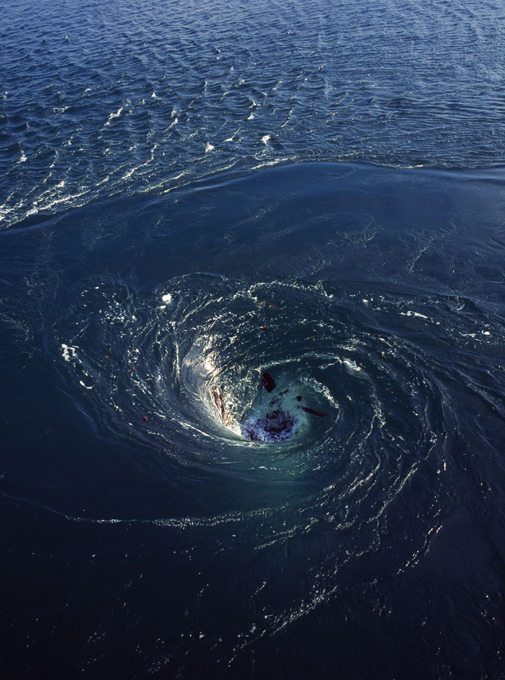
The Saltstraumen has the strongest tidal current in the world. Up to 400,000,000 cubic metres of seawater forces its way through a 3-kilometre long and 150-metre wide strait every six hours, with water speeds reaching 22 knots (41 km/h)
The Saltstraumen has the strongest tidal current in the world. Up to 400,000,000 cubic metres of seawater forces its way through a 3-kilometre long and 150-metre wide strait every six hours, with water speeds reaching 22 knots (41 km/h)
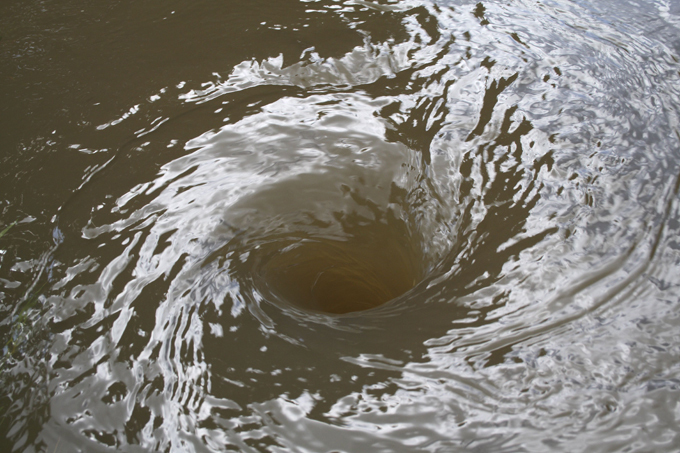
French Pass is a narrow and treacherous stretch of water that separates D'Urville Island, at the north end of the South Island of New Zealand, from the mainland coast. French Pass has the fastest tidal flows in New Zealand, reaching 8 knots (4 m/s).[1] When the tide changes, the current can be strong enough to stun fish
French Pass is a narrow and treacherous stretch of water that separates D'Urville Island, at the north end of the South Island of New Zealand, from the mainland coast. French Pass has the fastest tidal flows in New Zealand, reaching 8 knots (4 m/s).[1] When the tide changes, the current can be strong enough to stun fish
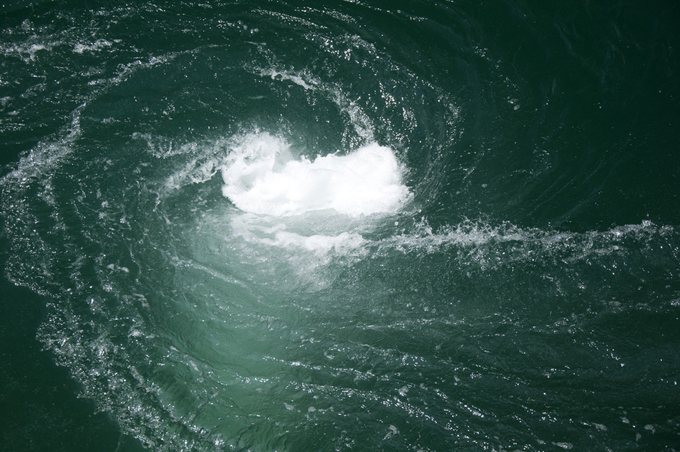
Old Sow is the largest tidal whirlpool in the Western Hemisphere, located off the southwestern shore of Deer Island, New Brunswick, Canada, and off the northeast shore of Moose Island, the principal island of Eastport, Maine.
Old Sow is the largest tidal whirlpool in the Western Hemisphere, located off the southwestern shore of Deer Island, New Brunswick, Canada, and off the northeast shore of Moose Island, the principal island of Eastport, Maine.
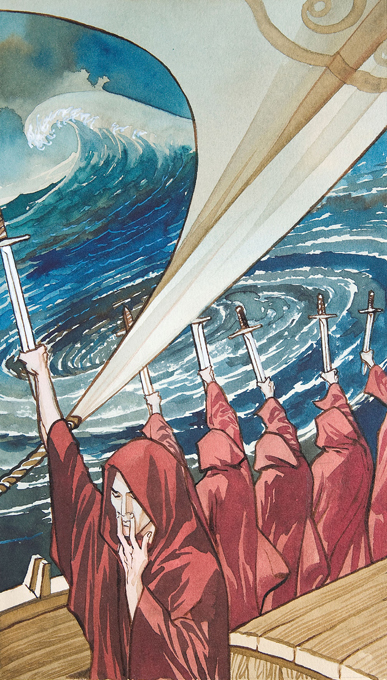
Apart from Poe and Verne other literary source is of the 1500s, of Olaus Magnus, a Swedish Bishop, who had stated that the maelstrom which was more powerful than The Odyssey destroyed ships which sank to the bottom of the sea, and even whales were sucked in. Pytheas, the Greek historian, also mentioned that maelstroms swallowed ships and threw them up again
Apart from Poe and Verne other literary source is of the 1500s, of Olaus Magnus, a Swedish Bishop, who had stated that the maelstrom which was more powerful than The Odyssey destroyed ships which sank to the bottom of the sea, and even whales were sucked in. Pytheas, the Greek historian, also mentioned that maelstroms swallowed ships and threw them up again

In oceans, in narrow straits, with fast flowing water, whirlpools are normally caused by tides
In oceans, in narrow straits, with fast flowing water, whirlpools are normally caused by tides
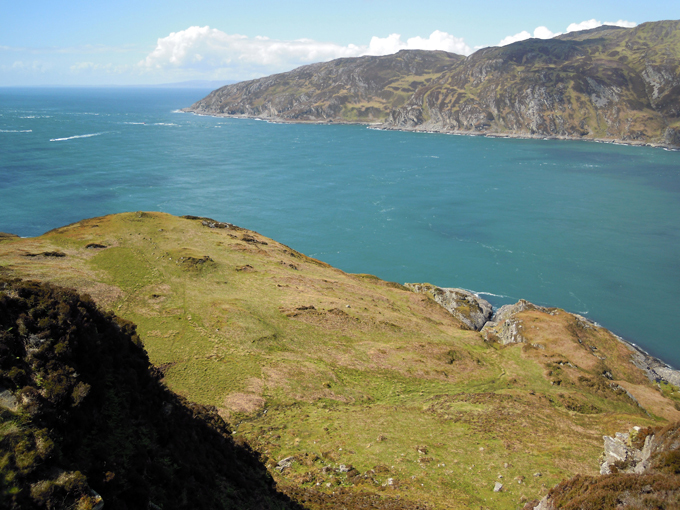
The Gulf of Corryvreckan is a narrow strait between the islands of Jura and Scarba, in Argyll and Bute, off the west coast of mainland Scotland. The Corryvreckan is the third largest whirlpool in the world
The Gulf of Corryvreckan is a narrow strait between the islands of Jura and Scarba, in Argyll and Bute, off the west coast of mainland Scotland. The Corryvreckan is the third largest whirlpool in the world



